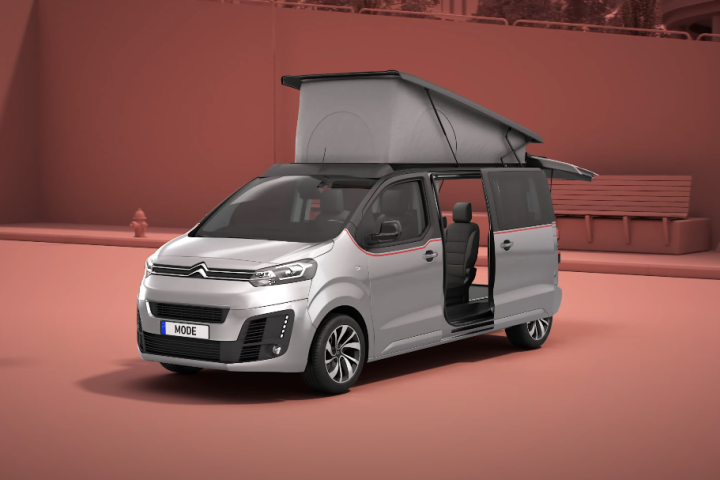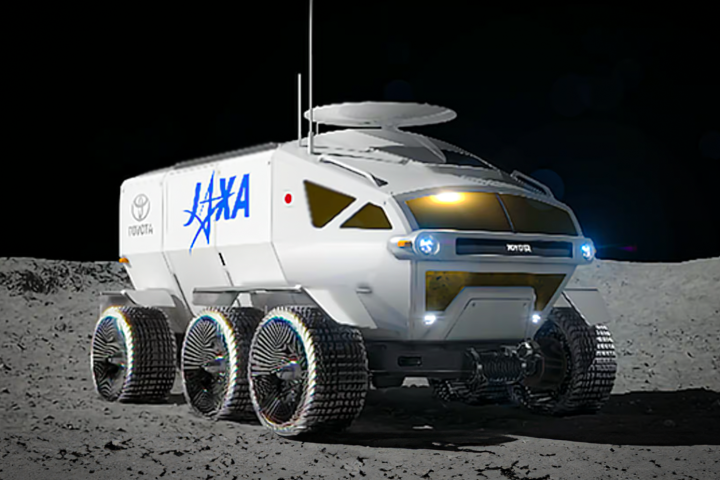To maintain communications during emergencies or in remote areas, Lockheed Martin has come up with a new LTE-over-Satellite system that will allow LTE mobile phones to hook up with satellites to provide 4G connections. Designed to complement satellite phones, the new system produces a pop-up cellular network that can be accessed by commercial phones to connect for voice, SMA, and data transfers at broadband service rates.
Mobile phones have become so much a part of our lives that we often forget how fragile mobile networks are compared to old-fashioned landlines. Natural disasters such as hurricanes or earthquakes can knock out vital parts of the cellular communications infrastructure and large numbers of people trying to contact emergency services or making sure that loved ones are safe can overload capacity even if there's no physical damage.
It's a situation that can not only make recovery efforts difficult, it can also cause massive economic disruption. Even if human lives are not at risk, modern society is so dependent on wireless communications that disruption can seriously impact commerce to the point where something as simple as buying a cup of coffee can be affected.
Lockheed hasn't released too many details about its new LTE-over-Satellite system, but it very likely takes advantage of LTE's increased speed and data capacity as well as its digital signal processing techniques and unique radio spectrum to connect with powerful orbital satellites. The company says that in an emergency the new system can work with hot spots mounted on land vehicles or ships for wider coverage to not only help individuals, but also to help responders remain in contact.
In addition, the new system can provide cargo shippers with the ability to exchange location and shipment information, as well as connecting remote locations with no coverage, including remote mining camps, research stations, fishing vessels or agricultural operations.
"When disaster strikes, cell phone networks often go down – whether because of the event or because of the sheer volume of traffic," says Maria Demaree, vice president and general manager of Mission Solutions at Lockheed Martin Space. "So, it's important to have new ways to connect families and first responders with people who would be otherwise cut off from contact."
Source: Lockheed Martin





